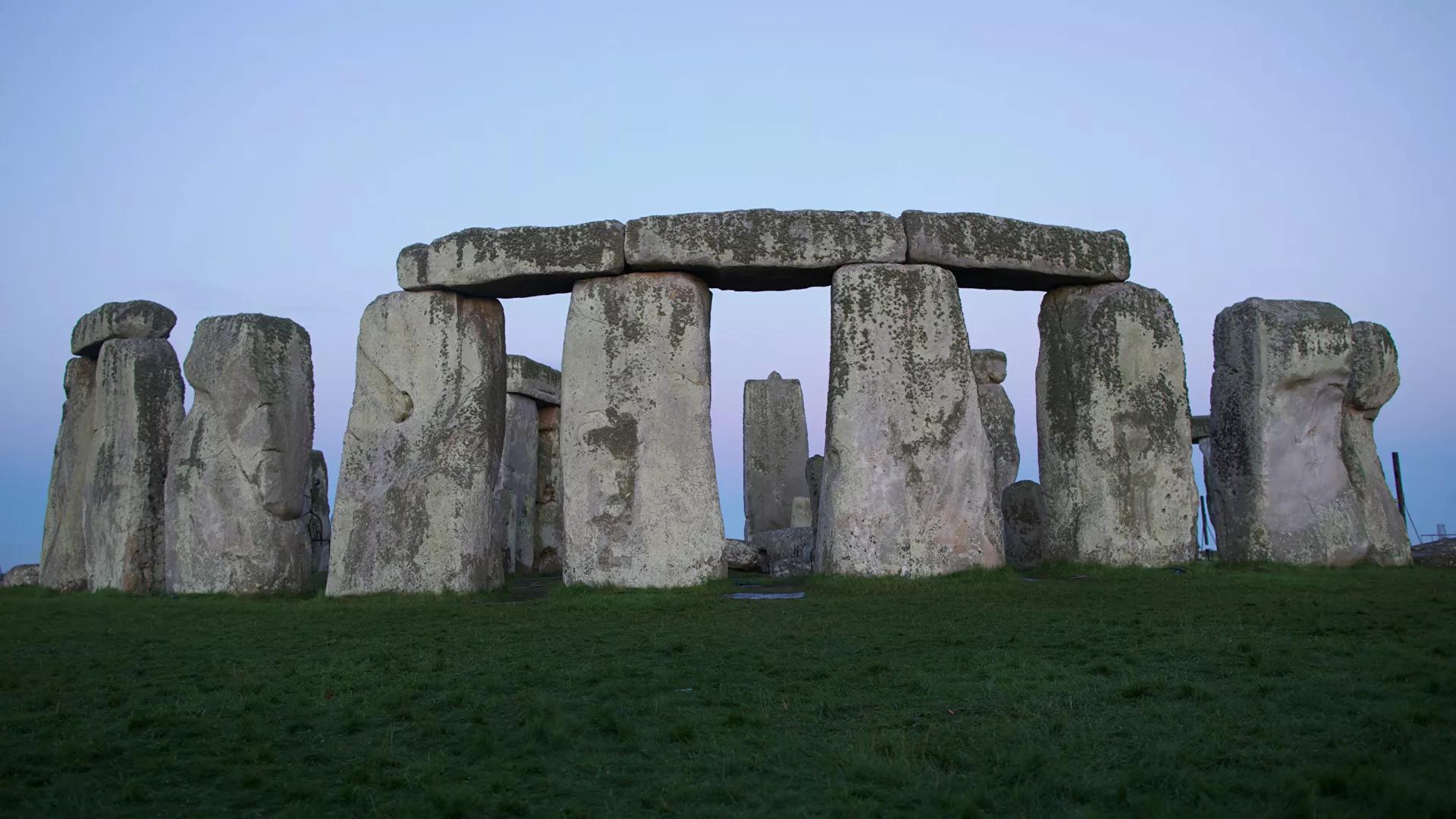Africa-Press – Rwanda. The pits are arranged in a circle about 2 kilometres in diameter, with the ancient site known as Durrington Walls situated in its centre. A series of deep ancient pits located in the vicinity of Stonehenge appears to be the work of humans, despite archaeologists initially believing they had formed naturally, The Guardian reports.
The pits are aligned in a circle about 2 kilometres in diameter with Durrington Walls, which the newspaper calls “one of Britain’s largest henge monuments,” located in the centre. The site is situated about 1.9 miles northeast of Stonehenge.
Professor Vincent Gaffney of Bradford University who headed the team that made the discovery noted that part of the circle did not survive, and that analysis of nine of the pits was conducted during the latest fieldwork.
The pits were dug about 4,500 years ago, with each being about 10 metres wide and 5 metres deep, the newspaper notes, adding that “science supports the theory” that they were likely dug by Stonehenge’s Neolithic builders.
The study of the pits involved the use of optically stimulated luminescence (OSL), which dates the last time sediment was exposed to sunlight. Dr. Tim Kinnaird from the School of Earth and Environmental Sciences at the University of St Andrews, the person who conducted the tests, said: “These proved beyond doubt that the pits date to around 2,400 BC.”
Kinnaird also noted that the pits are “all very similar, which is fascinating,” with the newspaper pointing out that the pits would’ve been of different sizes if they were natural features.
Gaffney also said that the pits were in use from the late Neolithic until the middle Bronze Age, adding that “these things are being maintained beyond the monumental phases of Stonehenge.”
The newspaper also writes that while Stonehenge was “positioned in relation to the solstices, the boundary of pits may have had cosmological significance.”
For More News And Analysis About Rwanda Follow Africa-Press






